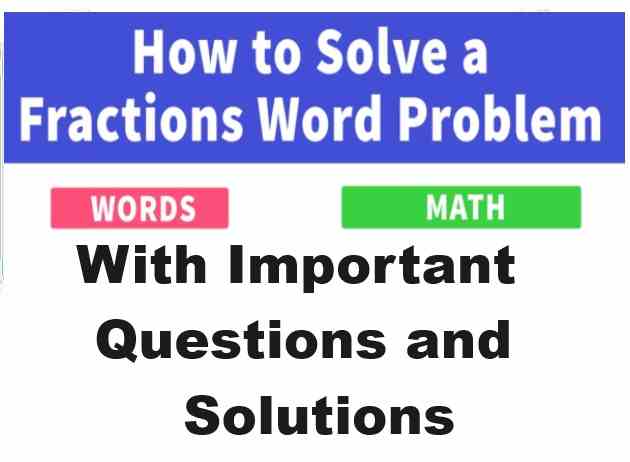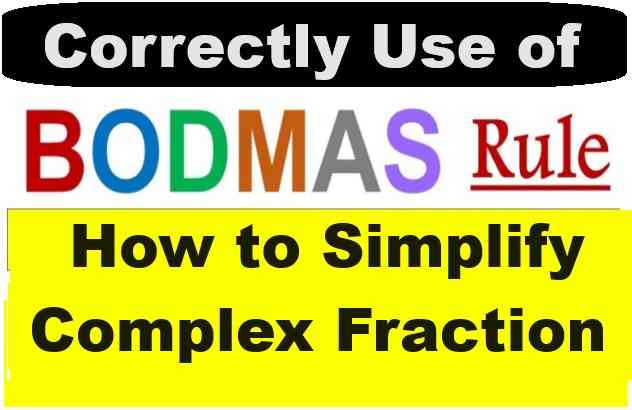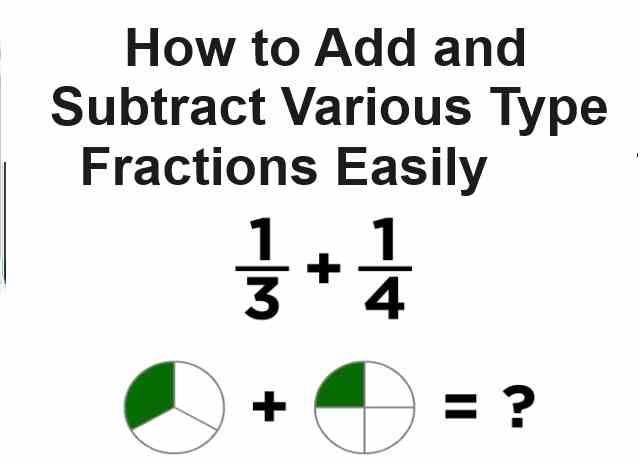Economics Application Semester-1 ICSE Specimen Paper Solved Class-10. Step by step solutions of ICSE Class-10 specimen model sample paper. During solutions of semester-1 Economics Application specimen paper so that student can achieve their goal in next upcoming exam of council .
Economics Application Semester-1 ICSE Specimen Paper Solved Class-10
| Board | ICSE |
| Class | 10th (X) |
| Subject | Economics Application |
| Topic | Semester-1 ICSE Specimen Paper Solved |
| Syllabus | on bifurcated syllabus (after reduction) |
| session | 2021-22 |
| Question Type | MCQ/ Objective (as prescribe by council) |
| Total question |
36 with all parts |
| Max mark | 50 |
| Mode | Online |
Warning :- before viewing solution view Question Paper
Question 1: Which of the following is not a determinant of demand?
1. Income of the consumer
2. Price of related goods
3. Technology used to produce the good.
4. Size of population
Solution : 3. Technology used to produce the good.
Question 2: A market where homogenous products are sold with no control over price by an individual firm or a buyer is:
1. Monopolistically competitive market
2. Perfectly competitive market
3. Monopoly
4. Monopsony
Solution : 2. Perfectly competitive market
Question 3: What is the implication of a vertical demand curve?
1. Perfectly inelastic demand
2. Perfectly elastic demand
3. Relatively inelastic demand
4. Unitary elastic demand
Solution : 1. Perfectly inelastic demand
Question 4: As a result of a 5% increase in price, the demand for commodity X increases by 12%. The Price Elasticity of the commodity will be:
1. ep > 1
2. ep < 1
3. ep = 1
4. ep = ∞
Solution : 1. ep > 1
Question 5: Observe the relationship of the first pair of words and complete the second pair: Single seller in the market: Monopoly
Single buyer in the market : _________
1. Duopoly
2. Monopolistic
3. Monopsony
4. None of the above
Solution : 3. Monopsony
Question 6: Savings is essential for capital formation.
1. True
2. False
Solution : 1. True
Question 7: The seller in a perfect market is a Price maker.
1. True
2. False
Solution : 2. False
Question 8: Tick the one which does not belong to the following group:
1. Land
2. Interest
3. Labour
4. Entrepreneur
Solution : 2. Interest
Question 9: Choose the correct term for the given definition:
The ratio between the percentage change in supply to a percentage change in price.
1. Law of Demand
2. Law of Supply
3. Elasticity of Demand
4. Elasticity of supply
Solution : 4. Elasticity of supply
Question 10: Observe the relationship of the first pair of words and complete the second pair:
Office furniture : Fixed capital
Power for running the plant :__________
1. Remunerative capital
2. Circulating capital
3. Debt capital
4. Sunk capital
Solution : 2. Circulating capital
Question 11: Choose the correct term for the given definition:
Any activity which creates present and future utility.
1. Development
2. Production
3. Consumption
4. Distribution
Solution : 2. Production
Question 12: Which of these feature’s is found in both a perfectly competitive market and a monopolistically competitive market?
1. No restriction on entry and exit
2. Imperfect knowledge
3. Homogeneous goods
4. Presence of selling costs
Solution : 1. No restriction on entry and exit
Question 13: The market demand curve is a ___________ summation of all individual demand curves.
1. Vertical
2. Lateral
3. Downward
4. None of the above
Solution : 2. Lateral
Question 14: Shifting cultivation involves
1. Clearing of forests
2. Burning of trees
3. Movement from one place to another
4. All of the above
Solution : 4. All of the above
Question 15: The goods whose demand decreases as income increases.
1. Luxuries
2. Giffen goods
3. Inferior goods
4. Necessities
Solution : 3. Inferior goods
Question 16: Which among the following is a feature of a Monopsony market:
1. Price discrimination
2. Single buyer
3. Single seller
4. Price taker
Solution : 2. Single buyer
Question 17: Land is considered a passive factor of production because:
1. It is a free gift of nature
2. It is heterogeneous
3. It is immobile
4. It cannot produce anything on its own
Solution : 4. It cannot produce anything on its own
Question 18: Pick the option which does not belong to the group:
1. Railways
2. Shampoos
3. Televisions
4. Biscuits
Solution : 1. Railways
Question 19: Choose the correct order of Capital formation:
1. Mobilisation of savings → Investment → Savings
2. Savings → Mobilisation of savings → Investment
3. Investment →Savings → Mobilistaion of savings
4. None of the above
Solution : 2. Savings → Mobilisation of savings → Investment
Question 20: Construction of dams always have positive effects.
1. True
2. False
Solution : 1. True
Question 21: Mr Vijay purchases 2 litres of milk per day when it is priced at ₹35 per litre. Suppose he has some guests at home and consequently he purchases 6 litres of milk on that day. What will you call it?
1. Increase in Demand
2. Increase in quantity demande
Solution : 1. Increase in Demand
Question 22: Observe the relationship of the first pair of words and complete the second pair:
Chartered Accountant : Skilled labour
Welder :__________
1. Unskilled
2. Semi-skilled
3. Skilled
4. Over-skilled
Solution : 2. Semi-skilled
Question 23: Which of these is not a function of an Entrepreneur?
1. Innovation
2. Risk taking
3. Delegation
4. Having good inter-personal skills.
Solution : 4. Having good inter-personal skills.
Question 24: What will be the values of (i) and (ii)?
Chart see in question paper
1. 10 and 12
2. 6 and 10
3. 10 and 6
4. 6 and 12
Solution : 3. 10 and 6
Question 25: An entrepreneur’s income can be negative.
1. True
2. False
Solution : 1. True
Section II
Economics Application Semester-1 ICSE Specimen Paper
Question 26: The price of a commodity goes up from Rs. 26 to Rs. 30 as a result of which demand falls from 4 units to 2 units, the price elasticity of demand is:
1. 2.25
2. 3.25
3. 3.50
4. 3.75
Solution : 2. 3.25
Question 27: Which of the following statements are true?
The cost of production will increase if :
(i) The government gives subsidies.
(ii) The firm uses obsolete technology.
(iii) The prices of diesel increases.
1. Only (i) and (ii)
2. Only (ii) and (iii)
3. Only (i) and (iii)
4. All (i), (ii) and (iii)
Solution : 2. Only (ii) and (iii)
Question 28: Match the following and select the correct option:
(i) Extension of supply A. Prices are expected to fall in future
(ii) Decrease in supply B. Fall in prices
(iii) Contraction of supply C. Prices are expected to rise in future
(iv) Increase in supply D. Rise in prices
1. (i) C (ii) A (iii) D(iv) B
2. (i) D (ii) A (iii) B (iv) C
3. (i) B(ii) A (iii) D (iv) C
4. (i) D (ii) C (iii) B (iv) A
Solution : 4. (i) D (ii) C (iii) B (iv) A
Question 29: If X and Y are complementary goods, a rise in the price of Y will cause the demand curve of X to:
1. Shift to the left
2. Shift to the right
3. Extend
4. Contract
Solution : 1. Shift to the left
Question 30: Which of the following statements are true:
(i) Monopolistically competitive markets have high selling costs.
(ii) Monopolistically competitive market sell homogeneous goods.
(iii) Any firm can start a business in a monopolistically competitive market.
1. Only (i)
2. Only (i) and (ii)
3. Only (i) and (iii)
4. All of them
Solution : 3. Only (i) and (iii)
Question 31: Land is heterogeneous because:
(i) It varies in fertility.
(ii) It varies in productivity.
(iii) It varies in density of population.
1. Only (i) and (iii) are applicable.
2. Only (i) and (ii) are applicable
3. All of them are applicable
4. Only (ii) and (iii) are applicable
Solution : 2. Only (i) and (ii) are applicable
Question 32: A relatively inelastic supply curve implies:
1. There is no change in price but quantity supplied changes.
2. A small change in price brings about a large change in quantity supplied.
3. A large change in price brings about a small change in quantity supplied.
4. Although there is a change in price, quantity supplied remains constant.
Solution : 3. A large change in price brings about a small change in quantity supplied.
Question 33: An increase in the price of electricity will cause an:
1. Increase in the demand for solar heaters
2. Decrease in the demand for solar heaters
3. Increase in the demand for Geysers
4. None of the above
Solution : 1. Increase in the demand for solar heaters
Question 34: Which of these will NOT be considered as capital?
1. Stationery owned by a student
2. Stationery owned by a firm
3. Stationery owned by the Government
4. All the three options will be considered capital.
Solution : 1. Stationery owned by a student
Question 35: What will the following cause:
Chart see in question paper
1. An extension of supply curve
2. A contraction of supply curve
3. An upward shift of supply curve
4. A downward shift of supply curve
Solution : 1. An extension of supply curve
Section III
Economics Application Semester-1 ICSE Specimen Paper
Question 36: Read the passage below and answer the questions that follow:
Press Trust of India, New Delhi, Jan 9th, 2020
India Ratings and Research, on, Thursday, said India will have to raise its labour productivity growth to 6.3% to achieve 8% GDP growth while it has to be up by 7.3% in order to achieve economic growth of 9%. The labour productivity growth in the current financial year has been pegged at 5.2%. Labour productivity during 2004-05 to 2007-08 have stood at 8.5%
The challenge on the productivity front for India is two-fold, it said. “First, how to raise the overall labour productivity to a level that delivers the required GDP growth rate, and secondly how to lift the labour productivity in the lagging sectors so that growth is more evenly balanced and sustainable over the medium- to long-term.” Sectors such as manufacturing, electricity, gas, water supply, transport, storage and communications “contributed significantly to the overall labour productivity during FY2000 – FY2016”.
I. Which of these will NOT be considered labour in Economics?
1. A carpenter making a table
2. Virat Kohli playing cricket for India
3. A surgeon performing an operation
4. An auto driver dropping his daughter to school.
Solution : 4. An auto driver dropping his daughter to school.
II. Productivity of labour takes into consideration:
1. Quality of work done
2. Quantity of work done
3. Time taken to do the work
4. All of the above
Solution : 4. All of the above
III. Which of these will improve the efficiency of Indian labour:
1. Proper educational facilities
2. Irregular wages.
3. Uncooperative management
4. All of the above
Solution : 1. Proper educational facilities
IV. Which of the following statements are true:
The labour of a country is important because:
(i) It helps to exploit the natural resources of a country.
(ii) It helps to raise the GDP of an economy.
(iii) It also creates a demand for various goods and thereby determine production.
1. Only (i) and (ii)
2. Only (ii) and (iii)
3. Only (i) and (iii)
4. All (i), (ii) and (iii)
Solution : 4. All (i), (ii) and (iii)
V. The supply of labour is considered peculiar because:
1. It cannot be increased.
2. It increases as the wage rate increases but later it decreases even if the wage rate increases.
3. It decreases as wage rate decreases.
4. It can increase because of immigration
Solution : 2. It increases as the wage rate increases but later it decreases even if the wage rate increases.
(End of Economics Application Semester-1 ICSE Specimen Paper )
Return to:- ICSE Class-10 Specimen Paper Semester-1 of 2021-22
thanks
Please share with your ICSE friends




